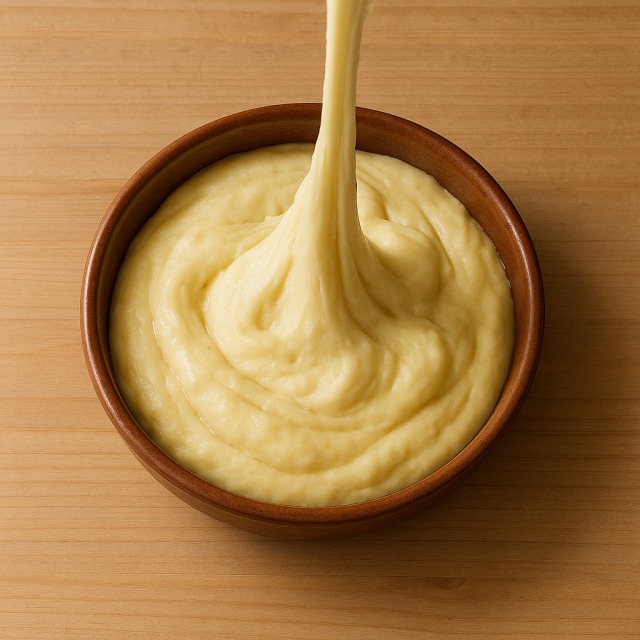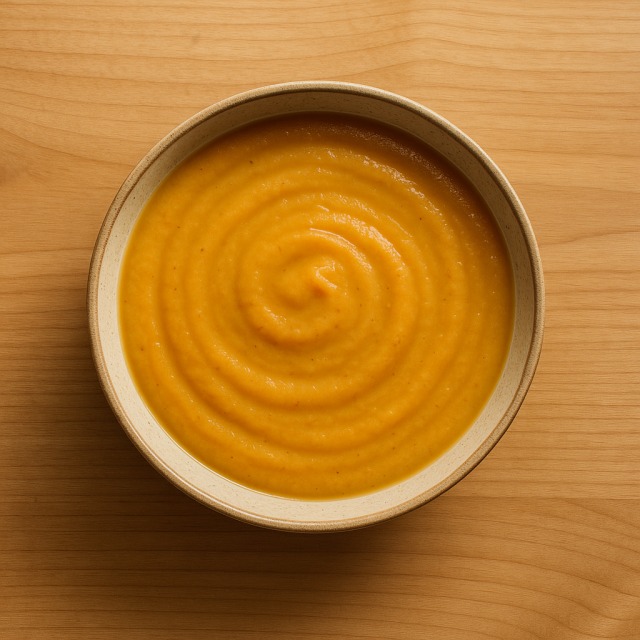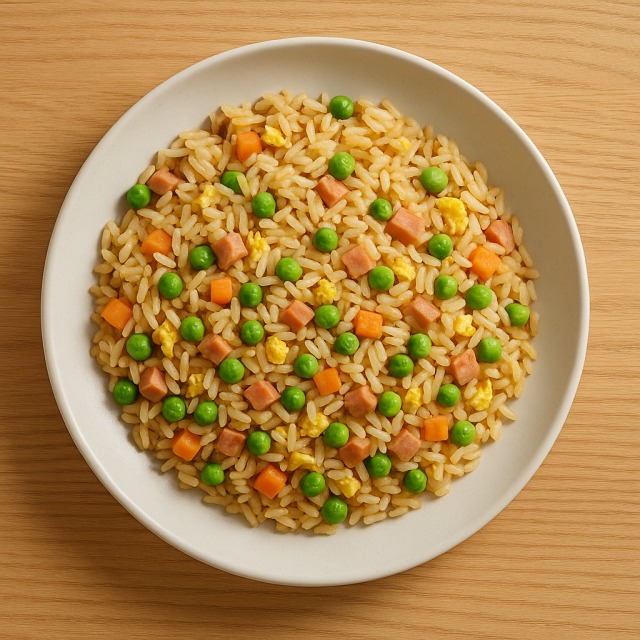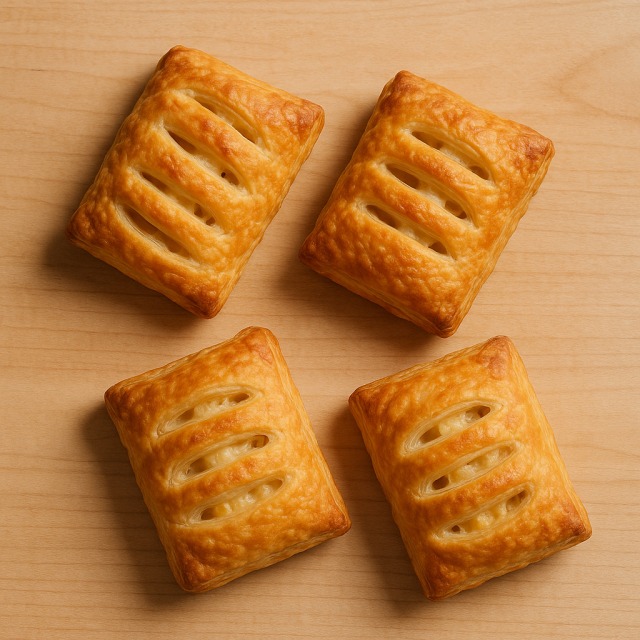Calorie Chart / Recipes / Ratatouille
How Many Calories Are in Ratatouille?
Calculation of the nutritional value & Recommended Dietary Intake of ratatouille
For g and a calorie requirement of kcal
| Calories 104 kcal | Proteins 3 g | Lipids 6.6 g | Carbohydrates 8 g |
| 5% | 4% | 10% | 3% |
Health benefits of ratatouille
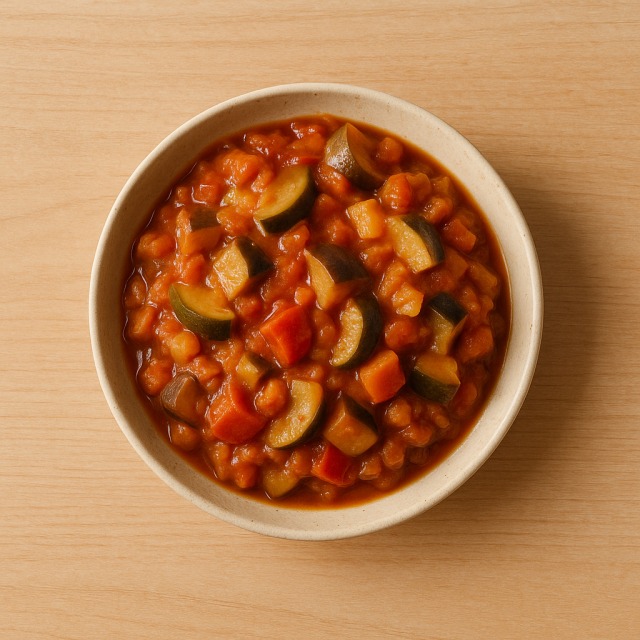
Ratatouille - 100g
Calories 52 kcal
Proteins 1.5 g
Lipids 3.3 g
Carbohydrates 4 g
Ratatouille is considered a low-calorie preparation: with only 52 kcal per 100 g, it allows you to enjoy a generous portion while keeping calories in check. Those looking for a filling plate that barely dents their daily calorie intake will appreciate this Provençal stew.
Because it combines tomato, zucchini, eggplant, bell pepper, and onion, ratatouille supplies a cocktail of micronutrients. Vitamin C (from tomato and pepper) supports immunity, vitamin A precursors promote eye health, and potassium contributes to normal blood-pressure regulation. The olive oil traditionally used brings heart-friendly monounsaturated fats without sending calories soaring.
The mix of colorful vegetables also delivers lycopene, beta-carotene, and anthocyanins, antioxidants that may help reduce oxidative stress. A 200-g serving still stays under 110 calories, making ratatouille a practical choice for weight-loss menus where calories matter.
Historically, the dish was a thrifty way for Nice farmers to use up summer vegetables. Today, it remains a symbol of Mediterranean cuisine, prized by athletes who need nutrient density but must monitor calories for weight categories or endurance events.
Tips for incorporating ratatouille into a balanced diet
Thanks to its low calories, ratatouille can replace heavier side dishes without sacrificing flavor. Pair it with a grilled chicken breast for a protein-rich, moderate-calorie plate, or spoon it over fluffy quinoa to obtain complete amino acids while keeping total calories reasonable.
If you crave seafood, serve ratatouille alongside baked cod; the vegetables' acidity balances the fish's delicate flesh while adding minimal calories. Vegetarian? Fold ratatouille into an omelet made with two eggs; the volume of vegetables stretches the dish so calories per bite stay low.
For a comforting meal that still controls calories, layer ratatouille in a whole-grain lasagna with a light béchamel. Conversely, avoid combining it with energy-dense sides such as French fries or excess butter if you are counting calories.
Portion tip: prepare a double batch and freeze individual servings. Having a ready vegetable base on hand makes it easier to fill half your plate with produce and reduce overall calories at lunch or dinner.
Frequently Asked Questions
- How many calories are in ratatouille?
- There are 52 kcal per 100 g.
- Is ratatouille good for weight loss because of its calories?
- Yes, its very low 52 kcal density lets you eat a satisfying volume while keeping daily calories under control, especially if you avoid adding excess oil.
- Which vitamin makes ratatouille interesting beyond its calorie count?
- The dish is rich in vitamin C from tomato and pepper, giving immune support without adding extra calories.
- Can I freeze ratatouille without changing its calories?
- Freezing does not alter calories; the nutritional profile stays the same as long as no ingredients are added.
- Does adding olive oil increase the calories a lot?
- A tablespoon of olive oil adds roughly 90 kcal, so measure carefully if you are tracking calories.
- Is ratatouille suitable before a workout?
- Yes, the carbohydrates from vegetables supply light energy, and the low calories prevent heaviness. Add a portion of brown rice or pasta if you need more fuel.
Similar foods
Information provided by Calorie Menu may contain inaccuracies or errors. It cannot, under any circumstances, substitute medical advice or medication.

